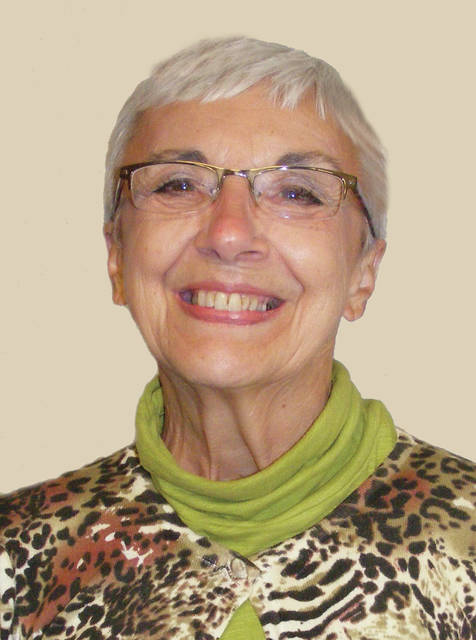
On Sept. 5, 2020, a momentous moment occurred at St. Burchardi Church in Halberstadt, Germany — a chord changed in the world’s slowest musical composition! Avant-garde composer John Cage originally wrote ASLSP (As Slow As Possible) for piano in 1985, but two years later adapted the piece for organ. Five years following the death of Cage in 1992, an organ symposium in Trossingen, Germany, adopted the composition as an ongoing project questioning how the piece should be understood and performed. The resulting conclusion was that ASLSP can potentially be played indefinitely, or at least as for long as the life of an organ and while future generations continue to enjoy peace and retain creativity. The somewhat utopian idea developed into an impressive and innovative art project that has generated worldwide interest.
John Cage was considered a philosopher and man of letters as well as a writer of music expanding boundaries and exploring new concepts. Probably the best known (or most notorious, depending upon your perspective) of Cage’s compositions is 4’33” (Four Minutes and 33 Seconds) in which the performers remain utterly silent for — you guessed it — four minutes and 33 seconds. However, the true content of the composition is not four minutes and 33 seconds of silence, but rather the sounds of the environment heard by the audience during performance. In a 1957 lecture, the iconoclastic composer described music as “a purposeless play” which is “an affirmation of life — not an attempt to bring order out of chaos nor to suggest improvements in creation, but simply a way of waking up to the very life we’re living.”
The location of the ongoing “concert” is the site of the world’s first large organ, built in Halberstadt in 1361; the time frame for performance of the piece, 639 years, marks the time between that first organ’s creation and the turn of the millennium. The project, explained as “a form of attempted deceleration, the discovery of slowness, and the planting of a musical apple tree understood as a symbol of confidence in the future,” began in 2001 on an organ specially built for the slow-paced recital and will come to an end in 2640.
Prior to the chord change last month, the most recent movement in the music took place in 2013; the next change is due in February 2022. Needless to say, no one will hear the piece in its entirety, but you can participate in this piece of musical history by going to universes.art /en/specials/john-cage-organ-project-halberstadt, where the moment of change is captured in a video.
The magic of music is boundless, capturing imaginations and moving souls since the beginning of time, manifesting itself in diverse ways. I recently heard Joe Talbott, lead singer for British punk rock band Idles, say on NPR that music is “the untold magic of our existence, something we don’t understand but understand the most, that gives everyone a platform to feel part of the world … and to experience the world.” After stating that the magic of music is “not understandable but completely human,” he went on to say that he is inspired and uplifted by music, and urged listeners to “find joy in the moment,” because “your life is now.”
These truths are captured again and again throughout time, including in the unique blend of past, present, and future epitomized by an ongoing performance in an ancient church of a futuristic composition slowly evolving over time.





